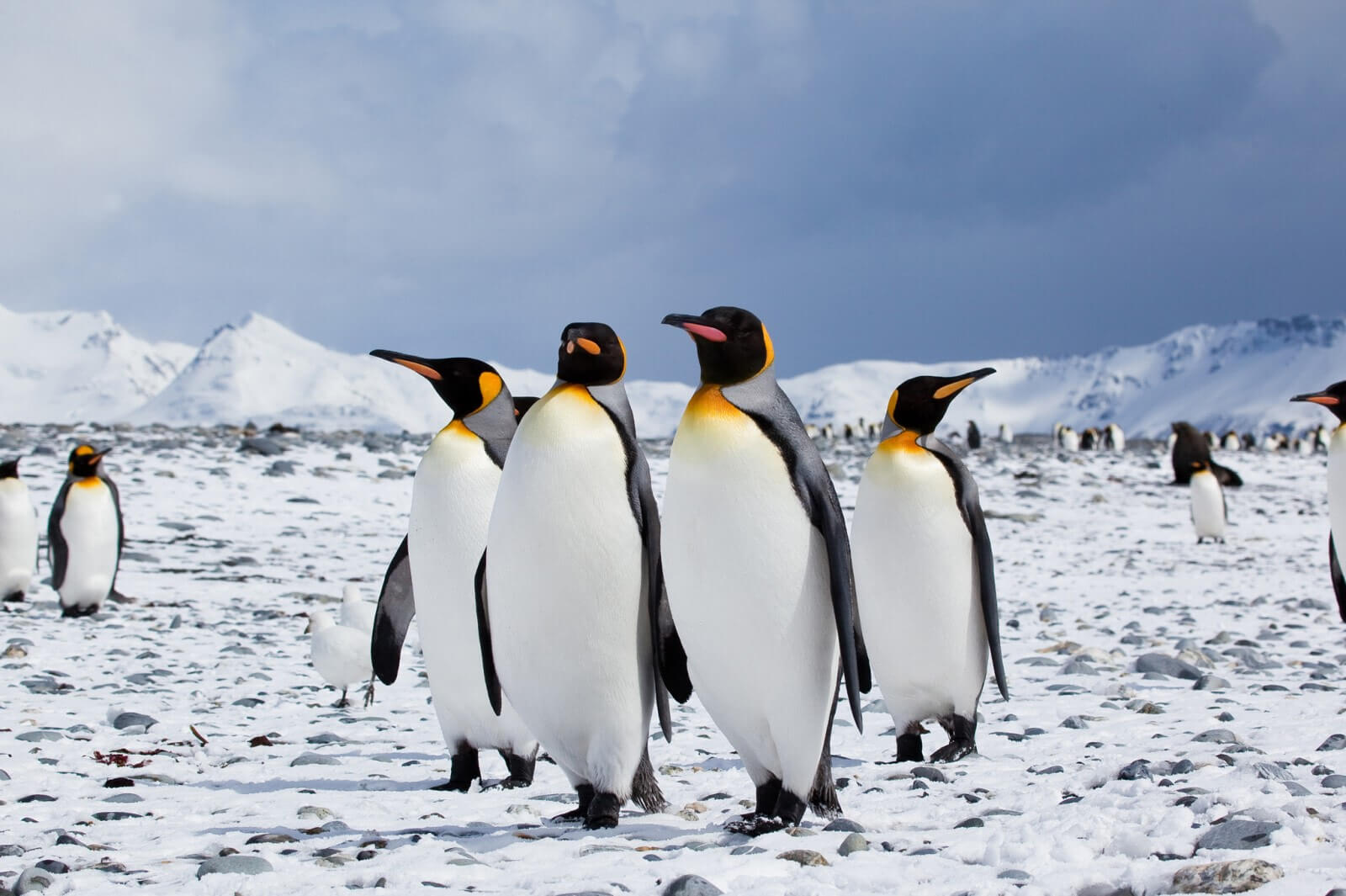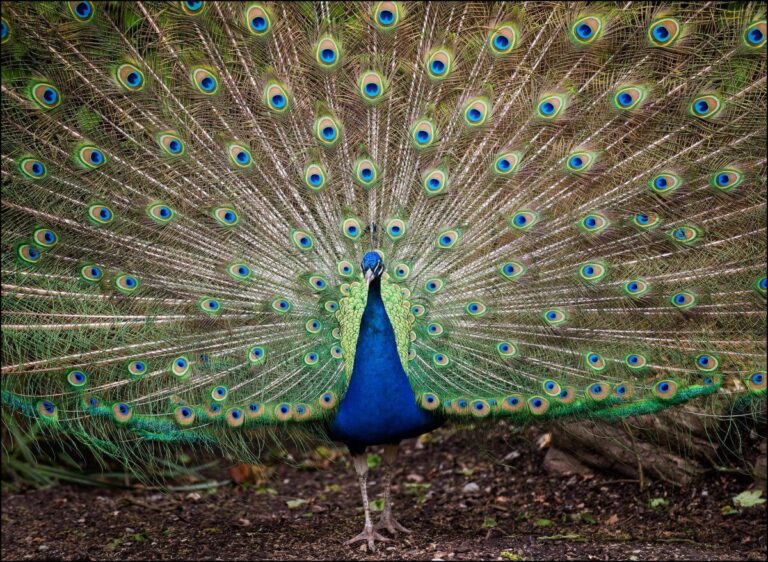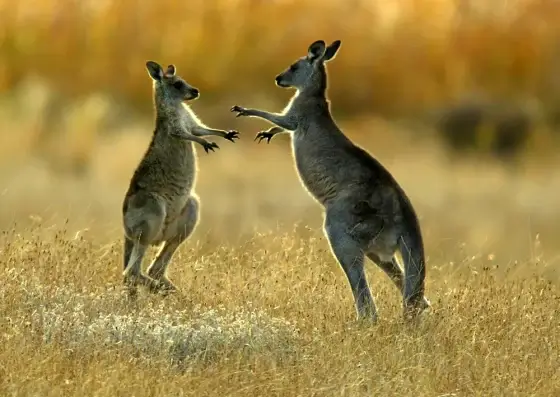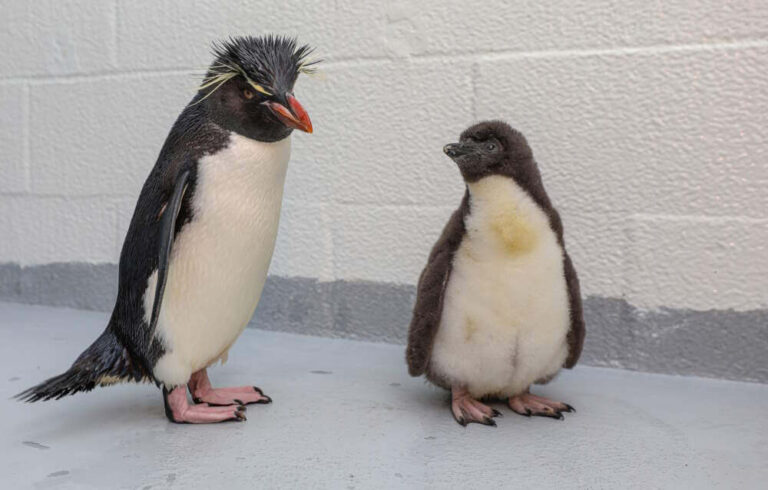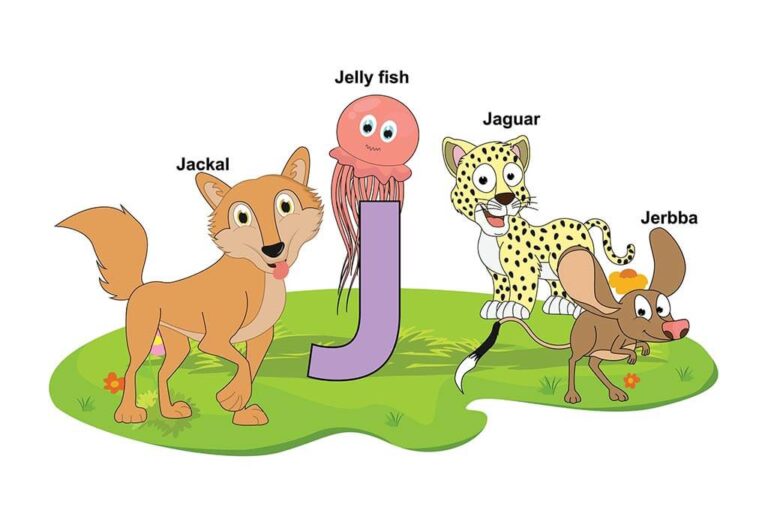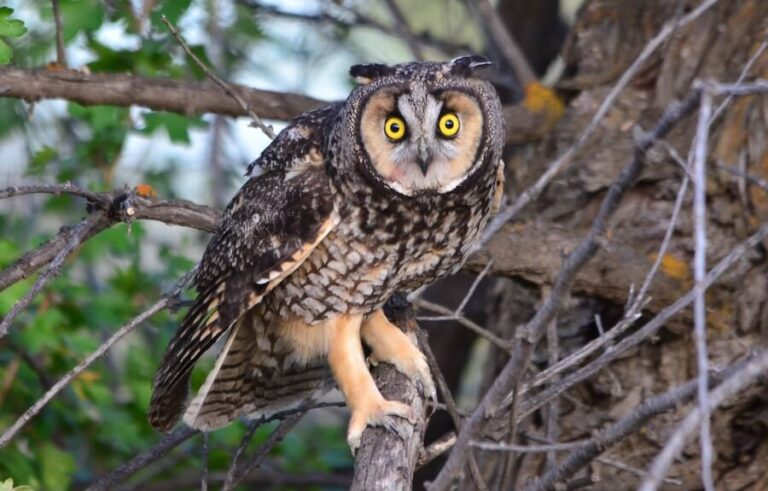Penguin: A Fascinating Flightless Bird
Penguins are among the most iconic and beloved birds in the animal kingdom. Known for their distinctive black-and-white appearance and waddling gait, these flightless birds have adapted to life in some of the harshest climates on Earth. This in-depth guide explores everything you need to know about penguins, from their scientific classification to their conservation status and their unique bond with humans.
Contents
Scientific Classification
- Kingdom: Animalia
- Phylum: Chordata
- Class: Aves
- Order: Sphenisciformes
- Family: Spheniscidae
- Genera: Aptenodytes, Pygoscelis, Eudyptes, Eudyptula, Spheniscus, and Megadyptes
With over 18 recognized species, penguins range in size, behavior, and habitat preferences, but they all share key characteristics that set them apart from other birds.
Physical Characteristics

Penguins are easily recognizable by their streamlined bodies, adapted for swimming rather than flying, and their distinct tuxedo-like black and white coloration.
- Size: Penguins vary greatly, from the small Little Blue Penguin, standing at about 16 inches (40 cm), to the towering Emperor Penguin, reaching up to 4 feet (1.2 meters).
- Weight: Depending on the species, they can weigh anywhere between 2 to 90 pounds (1 to 41 kg).
- Feathers: Penguins have dense, waterproof feathers that help insulate them against cold waters. Their feathers are packed more densely than any other bird, which assists in retaining heat.
- Flippers and Feet: Their wings have evolved into flippers perfectly suited for swimming. Penguins use their strong, webbed feet and flippers to navigate through water at up to 15 mph (24 km/h).
- Coloration: The black and white coloration, known as counter-shading, provides camouflage while swimming, protecting them from predators by blending with the ocean when viewed from above or below.
Habitat
Penguins primarily inhabit the Southern Hemisphere, with habitats ranging from the frigid coasts of Antarctica to the temperate shores of South America, Africa, Australia, and New Zealand.
- Antarctic Species: Emperor and Adélie Penguins are exclusive to Antarctica, thriving in extremely cold conditions with ice as their primary environment.
- Subantarctic and Temperate Species: Species like the King, Gentoo, and Macaroni Penguins inhabit subantarctic islands, where temperatures are milder.
- Temperate Zone Penguins: Species like the African Penguin reside on the coasts of southern Africa, while the Galápagos Penguin is found near the equator.
- Nesting Sites: Penguins often nest on rocky shores, ice shelves, or caves, depending on their environment.
Behavior
Penguins are highly social birds known for their complex behaviors, which vary between species.
- Swimming and Diving: Penguins are expert swimmers, spending up to 75% of their lives in the water. They dive to hunt for food and can stay submerged for up to 20 minutes.
- Group Living: They live in large colonies called rookeries, including thousands of individuals. Living in groups helps them avoid predators and keep warm.
- Vocal Communication: Penguins use a variety of vocalizations and body language to communicate, especially during the breeding season. Each penguin has a unique call that mates and chicks recognize.
Diet
Penguins are carnivorous, feeding mainly on marine organisms.
- Primary Diet: Their diet includes krill, squid, and various fish species. The specific diet varies by location and species.
- Hunting Techniques: Penguins hunt in groups and use flippers to chase and capture prey. They can dive to great depths, with Emperor Penguins reaching over 1,800 feet (550 meters).
- Feeding Frequency: Depending on food availability, penguins may need to dive up to 200 times per day to satisfy their dietary needs.
Reproduction
Penguin reproductive behaviors are highly synchronized and adapted to their harsh environments.
- Breeding Season: Most penguins breed during specific times of the year, often coinciding with favorable environmental conditions.
- Courtship Rituals: Courtship involves vocalizations, bowing, and other displays. Once paired, penguins often remain monogamous for the season, with some species maintaining lifelong bonds.
- Nesting: Nest types vary by species—some use simple ground nests, while others build nests from pebbles or dig burrows.
- Incubation and Chick Rearing: Both parents typically share the responsibilities of incubating eggs and feeding chicks. Emperor Penguins are unique in that the male incubates the egg on his feet under a flap of skin for about two months while the female hunts.
Predators and Threats
While penguins have few land predators, they face numerous threats in the water.
- Natural Predators: Main predators include seals, orcas, and large seabirds like skuas and giant petrels, which prey on eggs and young chicks.
- Human Impact: Climate change, overfishing, and pollution pose significant threats. Melting ice affects penguin nesting and feeding habitats, while oil spills and plastic pollution can be fatal.
- Introduced Predators: On some islands, penguins face predation from introduced species like dogs, cats, and rats.
Conservation Status
Penguins are classified across a range of conservation statuses depending on the species.
- Endangered Species: The Galápagos and African penguins are among the most endangered due to habitat loss and environmental changes.
- Conservation Efforts: Global conservation measures include marine protected areas, rehabilitation centers for injured penguins, and strict regulations on fishing practices near penguin habitats.
Interesting Facts
- Unique Molting Process: Penguins undergo a “catastrophic molt,” where they shed all their feathers simultaneously, rendering them land-bound for several weeks.
- Heat Regulation: Penguins have a highly efficient heat exchange system in their flippers and feet, minimizing heat loss in cold environments.
- Navigation Skills: Penguins use the sun, stars, and Earth’s magnetic field to navigate the ocean and return to their breeding grounds.
Evolutionary History
Penguins evolved from flying ancestors millions of years ago, adapting to a life of swimming rather than flying.
- Fossil Record: Penguin fossils date back over 60 million years, gradually adapting to aquatic life.
- Flightless Evolution: As they evolved, penguins lost their ability to fly in favor of enhanced swimming abilities, trading wings for flippers and developing denser bones to reduce buoyancy.
Relationship with Humans
Penguins have captured human fascination for centuries, often depicted in media, literature, and popular culture.
- Tourism: Penguins attract tourists worldwide, particularly in Antarctica and the Galápagos Islands.
- Scientific Research: Penguins are often studied for their adaptations to extreme environments, providing insights into climate change impacts.
- Cultural Symbols: Penguins symbolize adaptability and resilience and are often used in conservation campaigns to raise awareness about environmental issues.
Conclusion
Penguins are extraordinary birds perfectly adapted to life between land and sea. From their unique physical adaptations to their complex social behaviors, these flightless birds continue to captivate people worldwide. However, with many species facing threats from climate change and human activities, conservation efforts are more important than ever to ensure that future generations can continue to enjoy these incredible creatures.
- Golden Retriever Pros and Cons: What Every Pet Parent Should Know - 15 September 2025
- Cane Corso Dog Breed: Health, Care, and Lifespan - 14 September 2025
- Catahoula Leopard Dogs: Description, Temperament, Lifespan, & Facts - 21 July 2025

